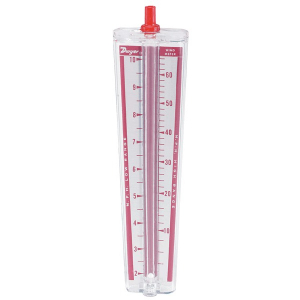

- #20 KNOTES TO MPS HOW TO#
- #20 KNOTES TO MPS DRIVERS#
- #20 KNOTES TO MPS PATCH#
- #20 KNOTES TO MPS ISO#
Read more: Christian Horner blasts Mercedes and Ferrari for ‘bang out of order’ accusations He had been almost a second up on Leclerc through the first two sectors, but was told by his race engineer Gianpiero Lambiase to come into the pits and abandon his final lap, leaving the World Champion-elect fuming as the fourth row will be his starting place on Sunday. This thunderstorm was located over Seaside Heights, moving east at 20 knots. Leclerc pipped Hamilton and Perez on the final runs but Verstappen opted to back off on his penultimate lap, putting himself in position to cross the line at the last possible moment – in theory, with the track in the best conditions for him. Coastal waters from Manasquan Inlet to Little Egg Inlet NJ out 20 nm.

Verstappen’s Red Bull squirmed its way through the damper parts of the track as he got closest to Hamilton, but the final few minutes were set up for a grandstand conclusion to qualifying.
#20 KNOTES TO MPS DRIVERS#
The fastest drivers had been lapping in the 1:52s in Q2, but Hamilton was the only driver to get close to matching that mark on his first effort, but that crucial crossover moment had finally arrived from wet to dry conditions. Yuki Tsunoda and Kevin Magnussen went out on inters, while everyone else tried to make dry rubber work for the first time in the qualifying session. Once Q3 started, however, Leclerc’s car had inters put on but he overruled his team and asked for slicks, with his Ferrari team-mate Sainz doing the same. Zhou Guanyu also gambled on slicks late on, but reported he had “no grip” as the track had not quite reached its crossover point.īut the biggest name to drop out in Q2 was Mercedes driver George Russell, missing out by just 0.006s as he could not find enough improvement on his final run to get into the top 10 – apologising to his team over the radio after the session.Īll three slick tyre-triers joined Russell in dropping out with Stroll, Mick Schumacher, Vettel and Zhou falling away at the Q2 stage.
#20 KNOTES TO MPS PATCH#
Stroll hit a wet patch on his out-lap, going straight on at the hairpin over the Anderson Bridge, while Vettel also suffered a big moment of oversteer as he tried to improve. Sebastian Vettel and Stroll both strapped on soft tyres to take a punt on getting inside the top 10. The first team to make the bold move, though, was Aston Martin. Most of the surface was dry and with banker laps in, Leclerc was the first driver to ask for slick tyres – though he pitted and new intermediates were put on his Ferrari. Intermediates were still the order of the day at the start of Q2, despite times improving further. Valtteri Bottas and the Williams pairing of Alex Albon and Nicholas Latifi were the others to drop out, with Hamilton and Verstappen leading the way at the end of Q1. Once the early exploratory laps were out of the way, the times improved at a rate of knots – but not enough to go out on dry tyres while the final sector still had standing water on the track surface.Ī late yellow flag scuppered several final laps as Lance Stroll briefly went off, with Daniel Ricciardo and Esteban Ocon among those to exit at the first hurdle – the latter blaming brake issues for his lack of pace. s −1, or m s −1, and abbreviated as mps.After wet conditions hindered running in FP3, the unknowns surrounding the weather continued heading into qualifying, with drivers heading out on intermediate tyres initially to test where the boundaries were as Q1 started.It is equal to the distance traveled a body in meters in one second. The meters per second is an SI unit of speed (scalar quantity) and velocity (vector quantity). Presently, the international nautical mile is defined as exactly 1852 meters. Historically, it was defined as one minute ( 1⁄ 60 of a degree) of latitude along any line of longitude. The unit symbols are kn or kt.Ī nautical mile is a unit of length used in air, marine, and space navigation, and for the definition of territorial waters.

Miles per hour is a unit of speed equal to the number of nautical miles traveled in one hour. To convert 5 knots into meters per second, it is multiplied by 0.514444: The same symbol is preferred by the IEEE kt is also common.
#20 KNOTES TO MPS ISO#
The ISO Standard symbol for the knot is kn. When a speed V in knots is multiplied by 0.514444, it gives speed in meters per second. Knots 'The knot (/nt/) is a unit of speed equal to one nautical mile (1.852 km) per hour, approximately 1.151 mph.

#20 KNOTES TO MPS HOW TO#
M/s How to convert knots to meters per secondġ knot is equal to 0.514444 meters per second:


 0 kommentar(er)
0 kommentar(er)
